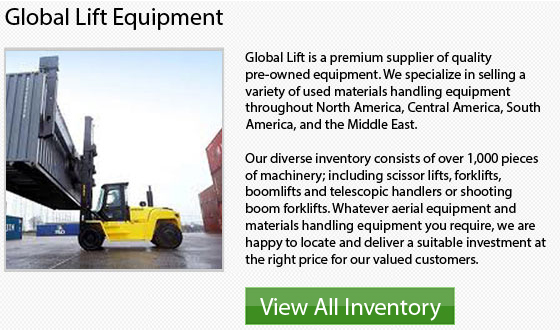
Vertical-mast and rough-terrain lift trucks keep lifting and placing various construction materials on different jobsites even through the evolution and rise of telehandlers on the market. There are a lot of conventional-style forklifts available within the material handling market that lost market share to telehandlers. This happened particularly when the challenger broke onto the construction scene. Since that time, sales numbers have stabilized. Vertical-mast lift trucks have re-emerged and seem to be becoming more popular again due to their greater efficiency, alteration of certain telehandler-like features and low cost.
The straight mast forklift could complete double the work as a telehandler due to their excellent maneuverability and handling in addition to their better ground speed. Fascinatingly enough, rental companies are starting to charge higher rates on straight-mast models.
In the rough-terrain forklift industry, rental purchasers have been having a greater influence. Over half of all vertical-mast forklifts are now being sold to a rental yard. These purchases are usually driven mainly by utilization, that is a factor closely followed by acquisition price.
Within the material handling industry, the telehandler has become the darling new equipment. Its popularity has enhanced its benefit in the rental market too. Their overall expansion has been moderated by their higher price. There is several lift truck users who feel that telehandlers are not nearly as useful as opposed to traditional rough-terrain forklifts for unloading and loading repetitive jobs. This means that even if competition among telehandler marketers has lowered their prices, many prefer the RT lift trucks which have been working well for decades.
In comparison, the telehandler is ganglier, a little slower to operate and needs a higher level of skillfulness to finish the task. On the upside, they get the reach if they need it. There will continuously be a place in the business for forklifts though, because there are places that you would not be able to access with a telehandler.
The rough-terrain forklift is compact, small and can lift a heavier cargo vertically compared to the telehandler. Basically, in order to use the best machine for your application, you should determine what tasks exactly you would be completing, the kind of circumstances and environment you will be operating in and what your load capacity is. All these factors would help you choose what the best alternatives available are.